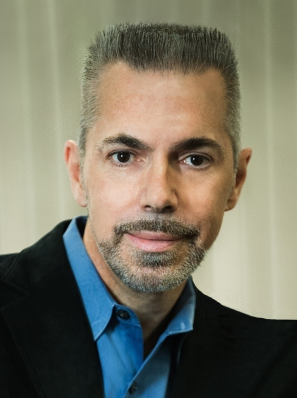Embryonic Stem Cells Without the Guilt?
Posted Thursday, January 10, 2008 11:00 AM
Sharon Begley
When two groups of scientists independently reported that they had caused adult human cells to regress to a state that seemed indistinguishable from embryonic stem cells, it seemed the long and bitter battle over stem cells might be history. Rather than needing days-old human embryos to supply “pluripotent†stem cells—so-called because the cells have the ability to develop into any of the 200-plus kinds that humans have, from liver and neuronal to skin and muscle—scientists could simply take a skin cell, insert four turn-back-the-calendar genes, and presto: embryonic-like stem cells. Or, as scientists call them, reprogrammed or induced stem cells. No more need for embryos, such as those being thrown out by fertility clinics, as the source of stem cells.
Not so fast. Other scientists are still going full speed ahead in the quest to use stem cells from human embryos. Says biologist Robert Lanza, chief scientific officer of the biotech company Advanced Cell Technology, “we still don’t know if the reprogrammed cells are going to be able to do all the same things as embryo-derived stem cells. For instance, they may make neurons but not insulin-producing cells. Or even if they do, they may not do it as well. Until we have these answers, we cannot afford to abandon any lines of research.â€
But like every scientist I know in the field, he is sensitive to the ethical concerns raised by destroying even 16-cell human embryos to derive stem cells. Today he and colleagues are describing the first-ever creation of human embryonic stem cell lines created without destroying any embryos, something scientists have struggled to accomplish for years.
“This is a working technology that exists here and now,†says Lanza, in contrast to the years of research that is probably needed before reprogrammed cells can be used either as treatments for diseases or for basic research. “It could be used to increase the number of stem cell lines available to federal researchers immediately. We could send these cells out to researchers tomorrow. If the White House approves this new methodology, researchers could effectively double or triple the number of stem cell lines available within a few months. Too many needless deaths continue to occur while this research is being held up.†He is referring to President Bush’s August 2001 decision that no scientists receiving federal support can use any stem cell lines other than the few that were in existence at the time of Bush’s announcement.
By a widely-cited count, 3,000 Americans die everyday from diseases that could benefit from stem cells.
To create batches of embryonic stem cells without destroying the embryos they came from, Lanza’s team removed a single cell from an embryo, they report in the journal Cell Stem Cells. That’s what physicians at fertility clinics do to carry out pre-implantation genetic diagnosis. As with PGD embryos, thousands of whom have been born, the embryos missing one cell didn’t seem to mind: just over 80 percent, comparable to the rate achieved with PGD, continued to develop normally (and were frozen).
Meanwhile, the removed stem cells were grown in lab dishes with special nutrients. “The stem cells were genetically normal,†says Lanza, and differentiated into a wide variety of cells, “including insulin-producing cells, blood cells, neurons, beating heart cells, cartilage, and other cell types of therapeutic importance.â€
Lanza has been laboring in the stem-cell trenches for years, and is passionate about the need to reduce obstacles to the research. “There is an urgent health crisis out there, and we cannot afford to hold this research up any longer,†he told me by email. “Anything we learn from these ‘real’ embryonic stem cell lines–say, how to generate vital cell types to treat patients–can also be applied to [reprogrammed] stem cells once the technology is safe enough to use clinically. No time will be lost while we wait. The problem is that there are only a few old NIH-approved lines that researchers who receive federal funding are allowed to use. Many of these are poor quality, sick, and have started to display genetic abnormalities. These new lines are robust and can generate cell types far better.â€
Advanced Cell has reportedly been told by a White House official that, once their paper has been published, the administration will make a decision on whether this new source of human stem cells passes ethical muster. Stay tuned. Lanza, for one, says, “it makes me sick to think how much time has lost.”
To view the article in its original format, please click here













